Your Go-To Guide for Safe Sun Exposure this Summer
Make it stand out
Whatever it is, the way you tell your story online can make all the difference.
I am a spring and summer girly through and through and through. Give me all the warm days, sun on my skin, and playing outside!
But, I am also a fair-skinned girly, an easy-to-burn girly, and a skin-cancer-runs-in-my-family girly. Soooooooo, I am all about safe sun exposure over here. But what does that even mean?
By using the phrase “safe sun" exposure,” that inherently means that there are such things as unsafe sun practices. This post will share all about the sun practices that you should probably ditch, and few more that you can safely adopt, and a holistic view on safe and healthy sun exposure for your whole family.
Holistic Health Benefits of Sunshine
Getting unfiltered sunlight on your skin and eyes—safely and in moderation—offers a wide range of holistic health benefits that go far beyond just boosting vitamin D.
Supports circadian rhythm: Natural sunlight helps regulate your internal clock, improving sleep quality, mood, and energy levels.
Boosts serotonin: Morning and late afternoon sun exposure (without sunglasses) can stimulate serotonin production, enhancing emotional well-being.
Enhances vitamin D synthesis: Unfiltered sun on the skin triggers natural vitamin D production, essential for immune support, hormone balance, and bone health.
Reduces inflammation: Moderate sun exposure may help lower systemic inflammation, contributing to overall wellness.
Promotes holistic well-being: In holistic health, sun exposure is valued as a natural, therapeutic tool that supports both physical and emotional vitality, when practiced safely and mindfully.
But as with most things, too much of a good thing isn’t necessarily better. This is true when it comes to sun exposure. Too. much can cause skin damage, eye damage, and even increase your risk of developing cancer.
How to Practice Safe Sun Exposure
As with all things around here, I am an advocate for an 80/20 approach. That means you are making the best decision 80 percent of the time, and the remaining 20 percent, you allow a bit more wiggle room and grace. There is no room for an all-or-nothing mindset over here.
Safe sun practices I view the same… mostly.
80 percent of the time, we have some type of barrier with the sun (I’ll get into those later in this post). 20 percent of the time, we are getting unfiltered sunshine in our eyes and skin. Now, there is some important nuance to those numbers!
I am not getting that unfiltered sunshine when the UV index is the strongest, but instead, prioritizing it around sunrise and sunset. (Bonus Points: those are also the time of day when ultraviolet rays are the highest, and most impactful to your circadian rhythm. In other words, getting unfiltered sun in the early morning and late evening will help promote healthy sleep patterns.)
The rest of the day, when the UV index’s natural fluctuations rise, I am using a sun barrier (or multiple).
UV Index 101
So with all this talk about UV Index… what even does that mean?
The UV index is a scale that forecasts the intensity of ultraviolet (UV) radiation from the sun, indicating the risk of overexposure and sun damage. It ranges from 0 to 11+ and is a tool used to advise on sun protection measures. A higher UV index means a greater risk of skin and eye damage.
How do I use this number in practice?
If I am going to be spending a lot of the day outside, I take a peek at the UV index. Most weather apps and websites automatically post it as part of the daily forecast.
UV Index Levels:
0-2 (Low):
Minimal danger, but sun safety measures are still good practice, especially for those with sensitive skin.
3-5 (Moderate):
Moderate risk, and sun protection is advised, including sunscreen, protective clothing, and shade.
6-7 (High):
High risk, requiring extra sun protection, including sunscreen, protective clothing, and seeking shade during peak hours.
8-10 (Very High):
Very high risk, and it's recommended to stay indoors during peak hours, and if outside, to take extra precautions.
11+ (Extreme):
Extreme risk, with the recommendation to avoid prolonged sun exposure and take every possible precaution if outside.
Where I live in Idaho, the average UV index rating for July is 9. In November, it is a 2. In May, it is a 7. These levels also fluctuate throughout the day, with the highest ratings falling between 10 am and 2 pm. That means if you are going to be spending the day outside, make sure you are doubling (or tripling) up your sun protection during those times.
My Favorite Safe Sun Products
You do not need to spend a ton of money on safe sun products— get yourself under a tree, or find some other shade to protect your skin.
But there are some products that help to make safe sun exposure a lot easier. For example, we are a boat family and spend a lot of the summer on a pontoon. Fishing, relaxing, swimming, you name it. But that also means that sometimes we cannot just “get under shade”, due to the sun rays reflecting off the water.
For times like this, or when shade is limited, we are layering up our sun protection. Here are some of our most favorite, tried-and-true safe sun products:
clothes— I love using clothes that are rated UPF50 (the equivalent of spf 50 sunscreen, but built into your clothing). But these are also typically “performance” fabrics made of synthetic materials. While I try to prioritize natural fabrics whenever possible, I have just found that options like merino wool get way too hot in the sun, and take forever to dry. That is why, come summertime, I opt for the synthetic fabrics that are more lightweight and dry quickly. Again, we are all about the balance :)
Merino wool pullover- If you want to prioritize natural fabrics, merino wool tends to be rated UPF30+ as well as being naturally odor resistant. I have this one and the quality has held up great, I just get way too warm using this in direct summer sunshine.
UPF50+ lightweight hooded zip-up jacket- This is my go-to summer cover-up. It is perfect for long days on the boat fishing, and it keeps me cool and dry, while still giving me some extra protection from the sun.
hats— The solution to both bad hair days and extra sun protection. I love having wide-brim hats and baseball caps as an easy option for some quick added shade! (This was also my go to for that awkward transition phase of growing out my natural hair).
cotton and linen wide-brim sun hat- this is my go-to hat for gardening, fishing, boat days, and anytime I am in a lot of direct sunshine.
baseball cap- I own probably half a dozen baseball caps and wear them several times a week. I’ve tried many different brands and styles, and tend to gravitate to the one I have linked most often. If you have a larger head and a full head of hair, the adjustable strap will be your bff 😜
shade— I find that most often we have trees for shade near where we live. But if you live in an area without many trees or limited natural shade, you can use pop-up shade tents, umbrellas, or sun cloths.
sunscreen— If you have been around this blog for a bit, you know I love Primally Pure products. They are made with high-quality ingredients, make my skin feel great, and actually work. So, when I heard they were launching an SPF line, I was thrilled.
Sun Cream SPF 30 - perfect for slathering up your body
Sun Stick SPF 25- this is my absolute favorite for applying sunscreen to my kiddos faces! And with them both being prone to eczema, I love knowing these ingredients won’t cause a flare-up. It also smells so good!
Sun Lip Balm SPF 15- This lip balm is hydrating, nourishing, and protective.
sunglasses- Sunglasses get a bit of a bad wrap in the wellness community— and I get it a bit. We want those rays getting into our eyes as a signal to our body about the environment. But we can also have serious damage to our eyes if they are burnt. So be mindful about the sun rays being reflected into your eyes (like if you are in or around a body of water).
These uv protective polarized sunglasses are a lot more aesthetically designed than some other options. This is my 3rd summer with them and they have held up great!
There you have it— some of my favorite tips, tricks, and tools to being mindful of your sun exposure! What are some of your favorite ways to stay safe while soaking up the sun?
Kaelyn







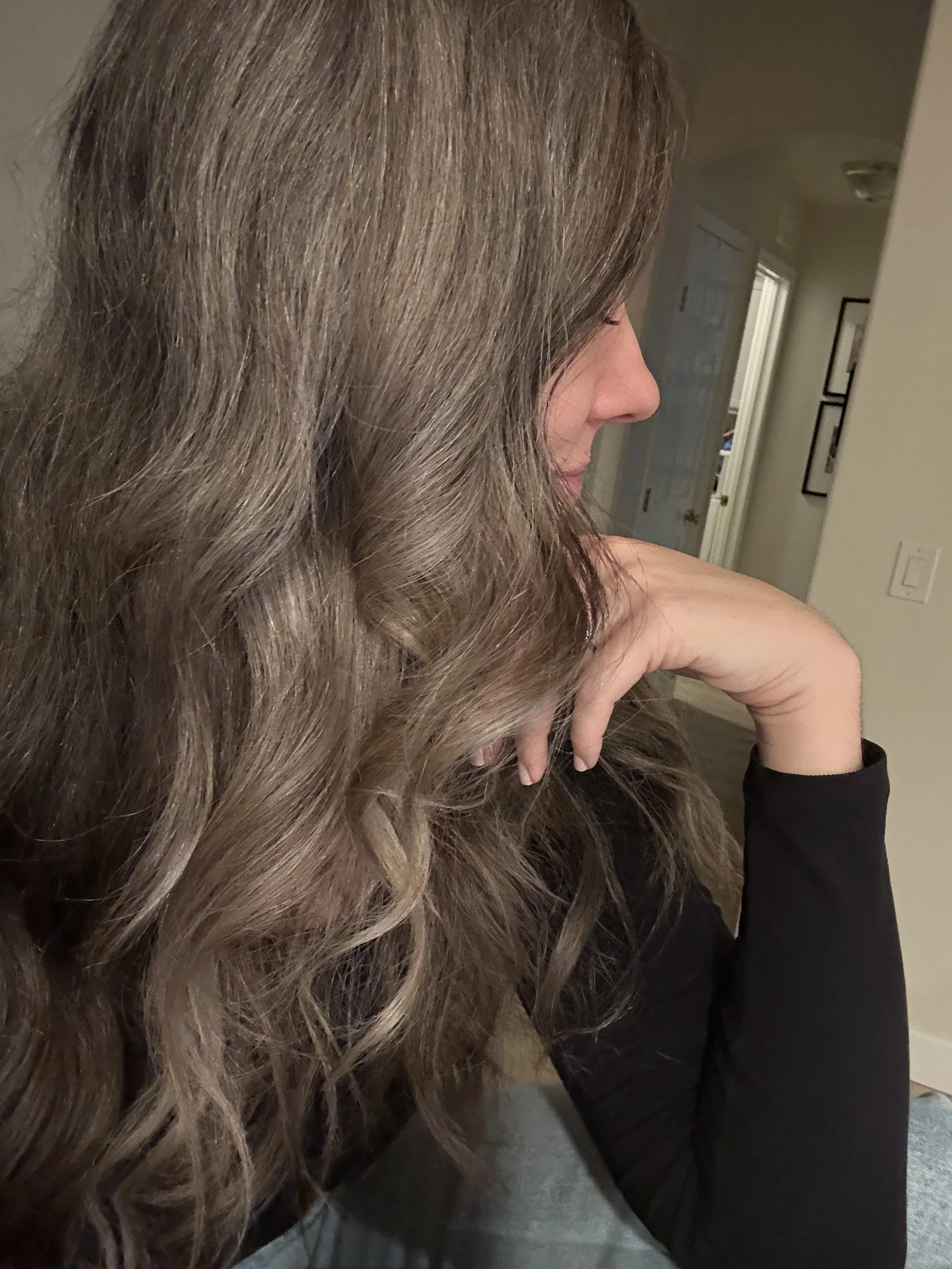

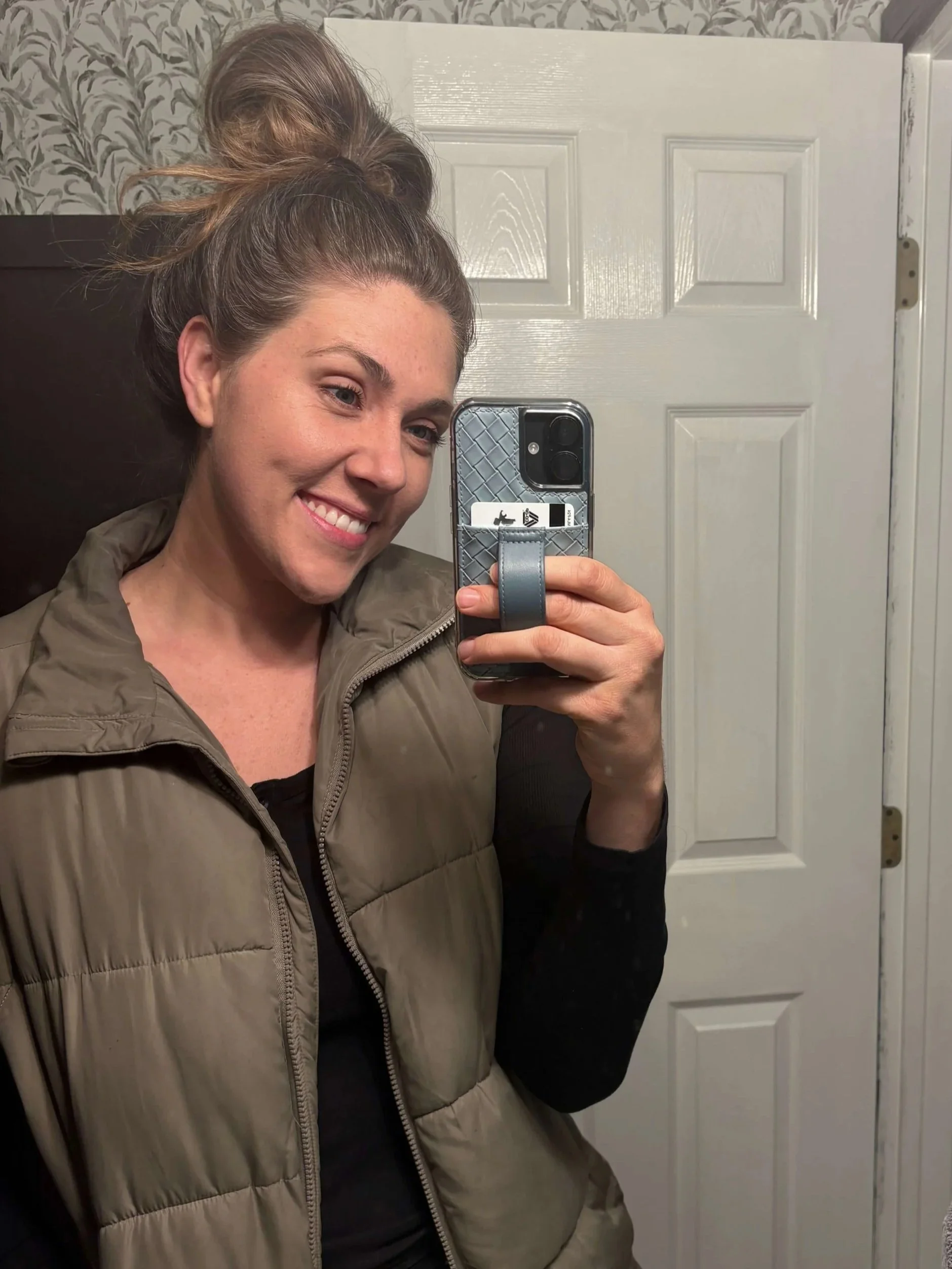
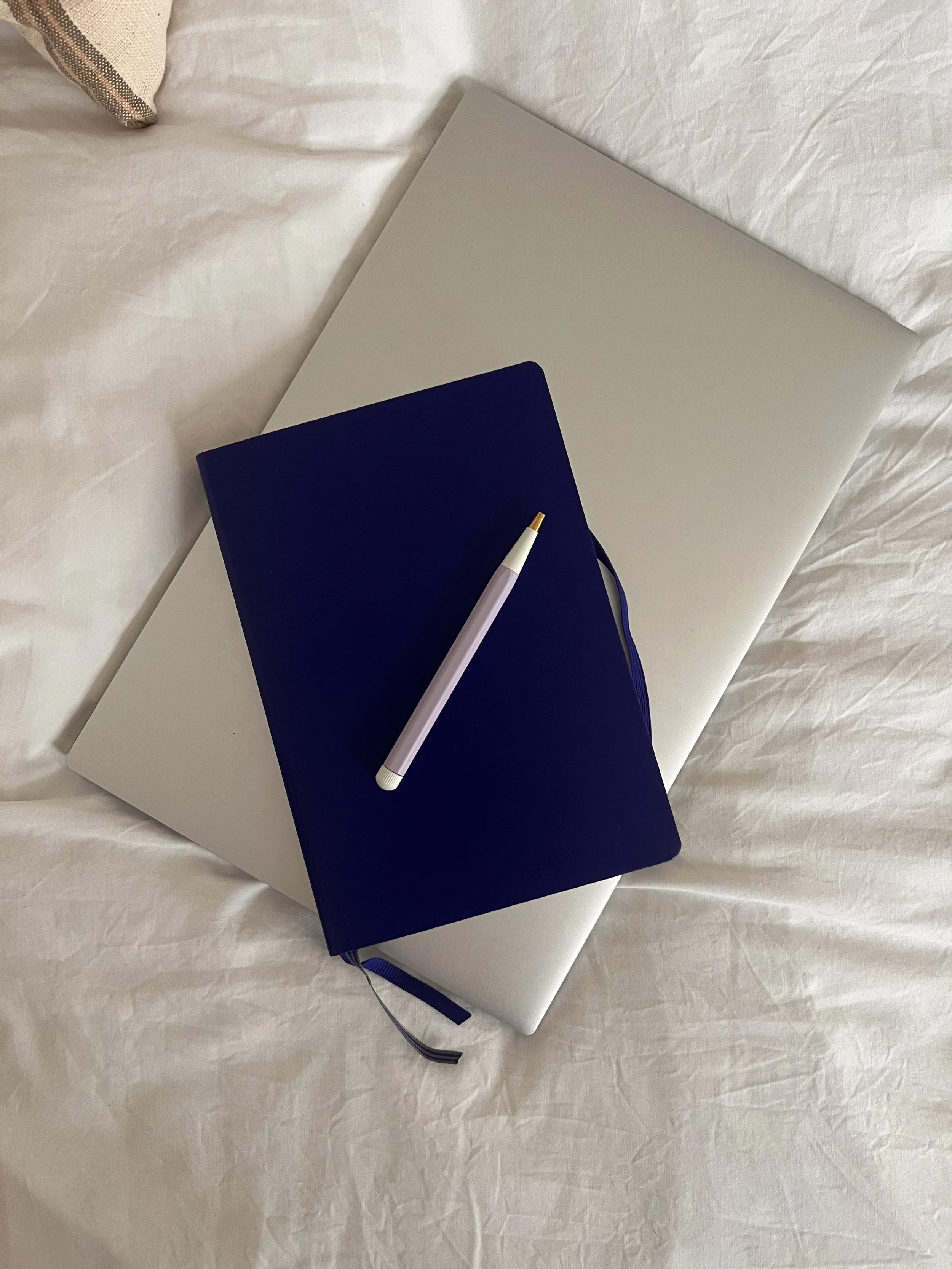


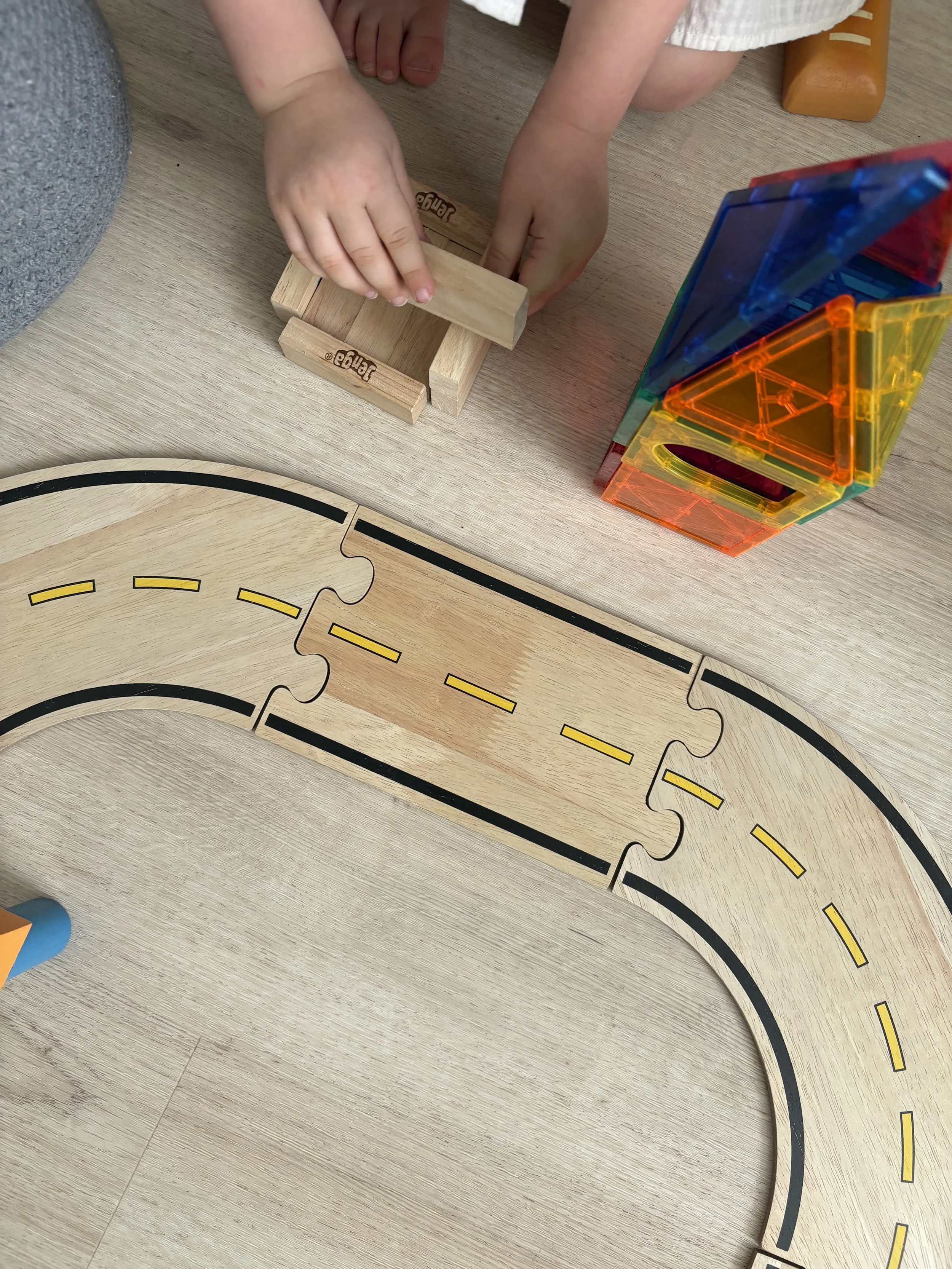
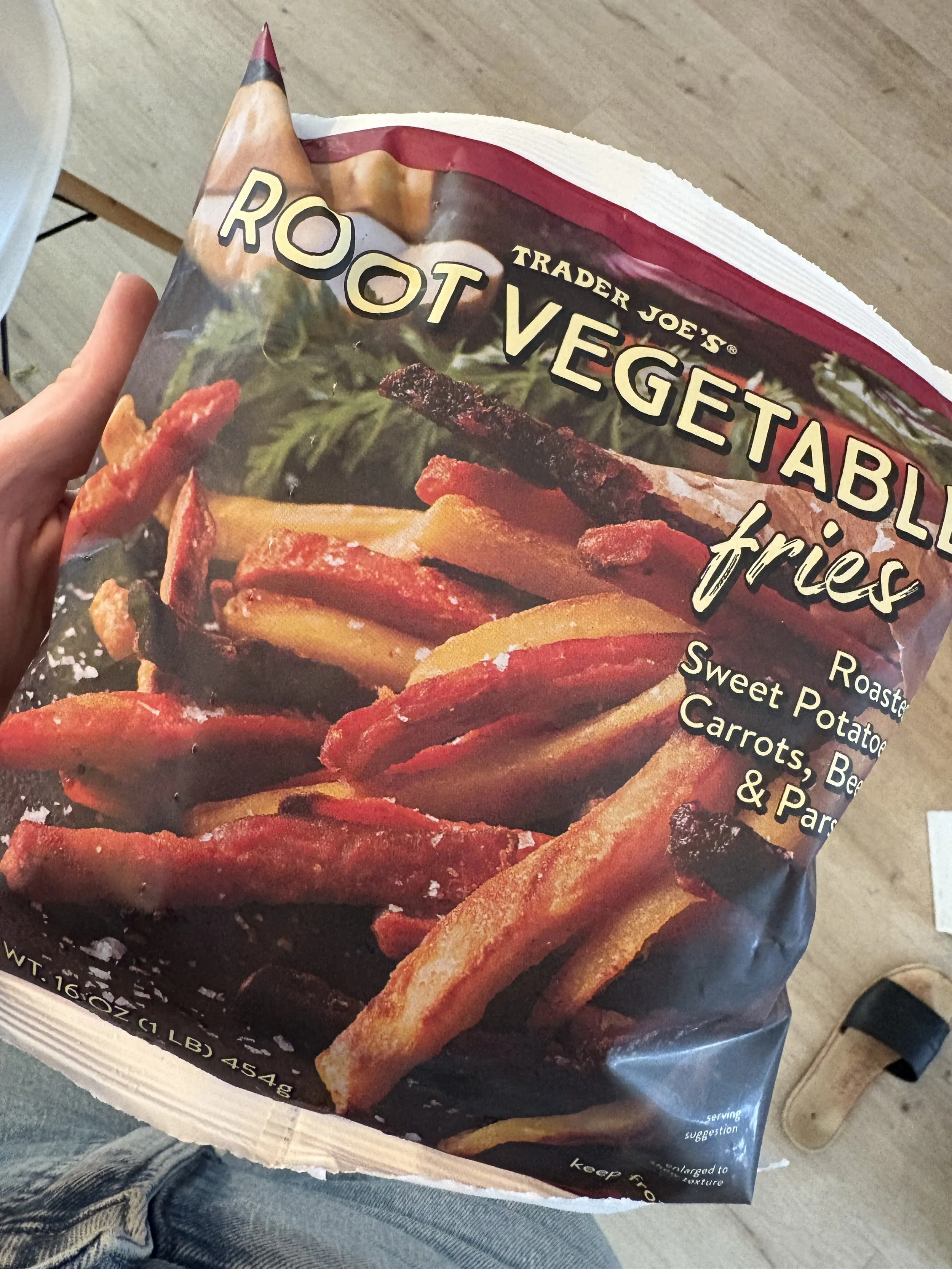
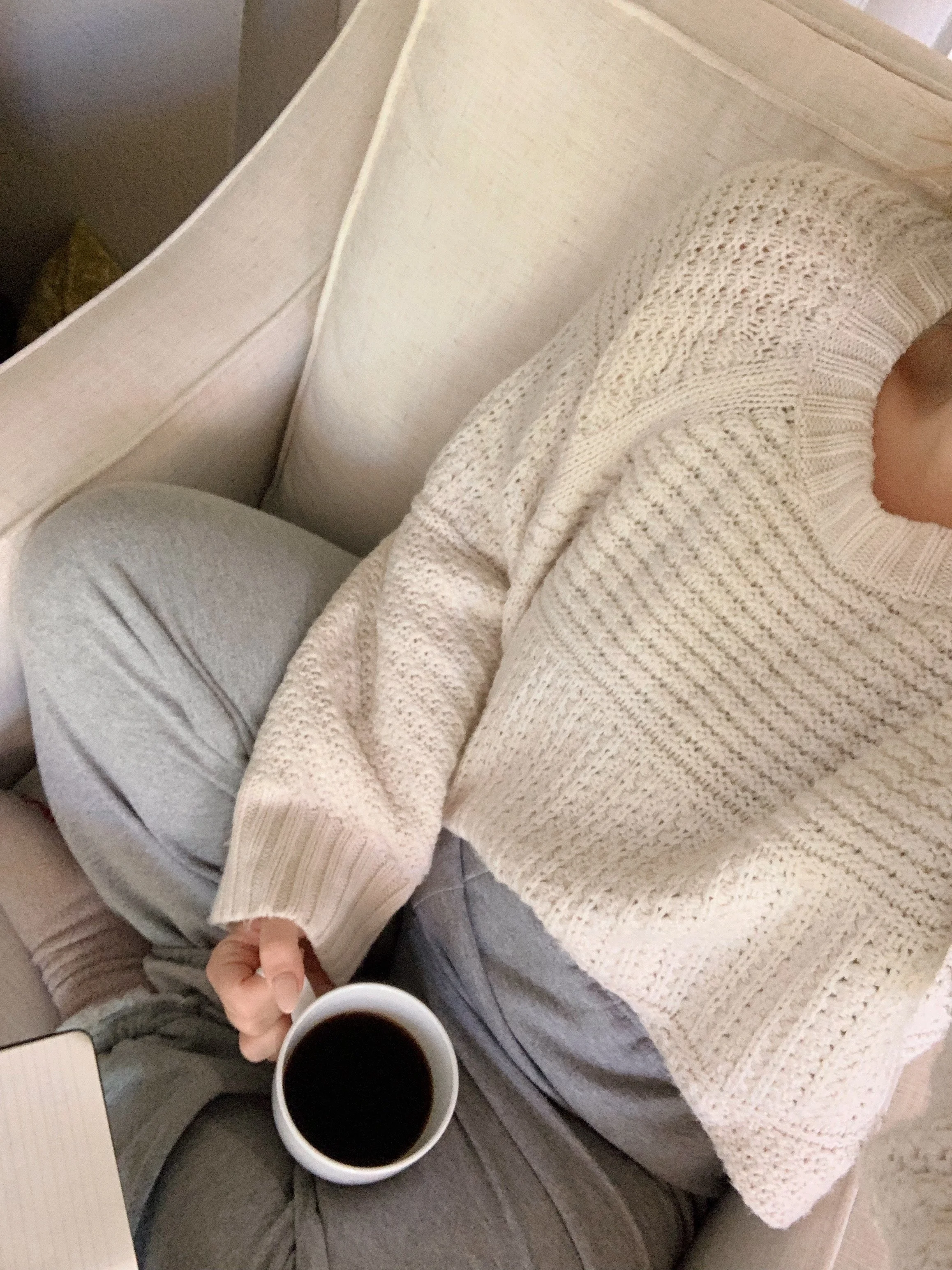
What if meal prepping didn’t have to be elaborate meals and hours of work? What if instead it was simple and sustainable and helped set your family up for success? i got you!